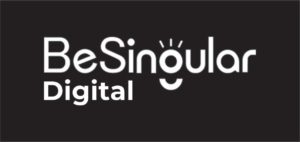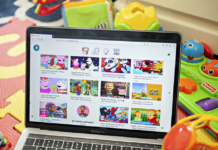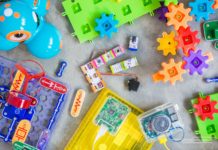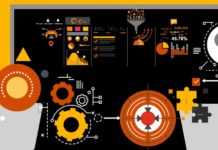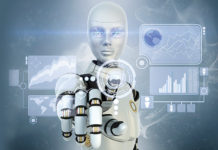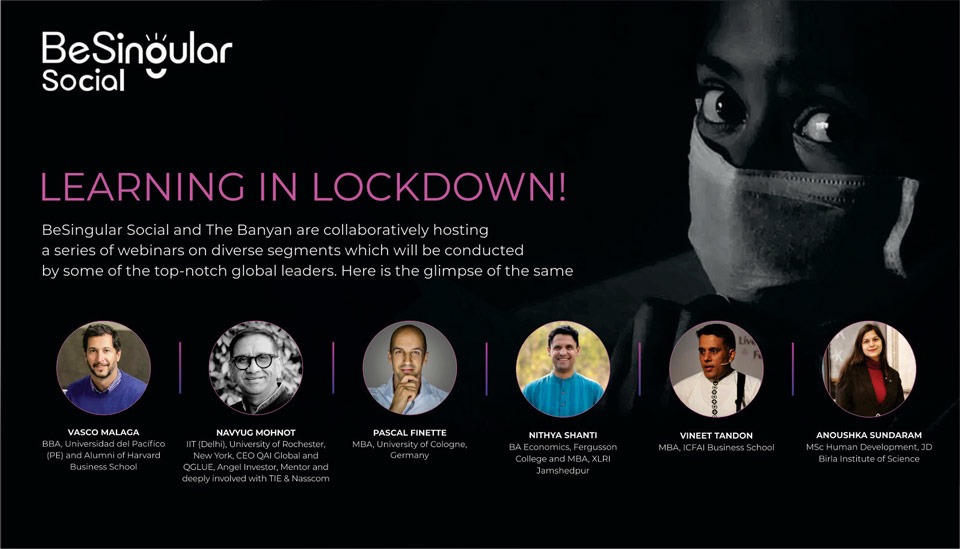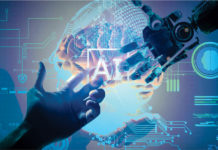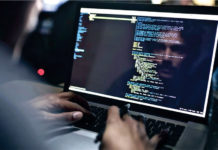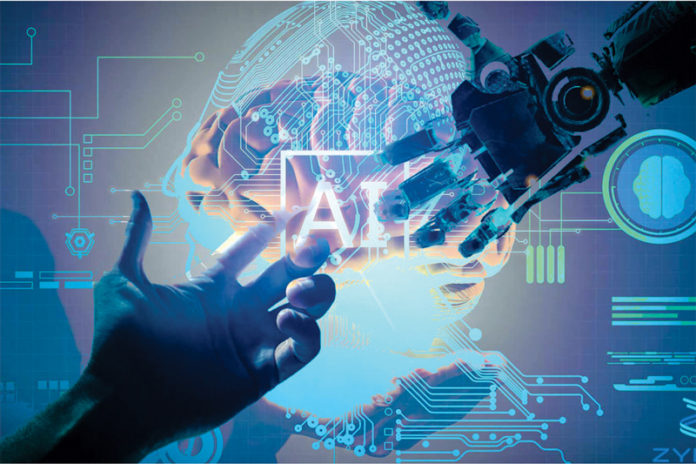In the wake of COVID-19, as we all struggle, and our healthcare staff works day in and day out to save us, AI and ML could give us some hope.
Pandemic – not something that we hear of every day, and thankfully so! The last one was Spanish Flu, also known as the 1918 flu pandemic, an unusually deadly influenza pandemic caused by the H1N1 influenza A Virus, which lasted almost two years from February 1918 to April 1920, infecting 500 million people – about a third of the world’s population at the time. The death toll might have been as high as 100 million!! Many businesses in the entertainment and service industries suffered huge losses.
Whereas now, as the entire world is battling with COVID-19, newer technologies such as Artificial Intelligence and Machine are playing a key role in fighting the COVID-19 crisis. These technologies are being implemented in several areas from research to diagnosis to even virtual care. Read on to know 7 areas where Artificial Intelligence and Machine Learning have helped fight COVID-19.
“If there is one technology that we need to be leveraging during this time, it is AI”
Brad Twynham, Leadership & Innovation Faculty, Singularity University
5 ways AI and ML have helped combat COVID-19
- Early Detection of Disease Outbreaks – When this pandemic had just raised its head, BlueDot, a Canadian start-up, that uses AI to detect disease outbreaks, was one of the first to express concern about the nagging outbreak of a respiratory illness in Wuhan, China. Through their machine learning algorithms, BlueDot scrutinizes news reports in 65 languages, along with airline data and animal disease networks to detect outbreaks and anticipate the outspread of disease. Then, those results are assessed by epidemiologists and verified to draw conclusions from a scientific standpoint. BlueDot provides those critical insights to public health officials, airlines and hospitals to help them anticipate and deal with such potential risks early on.
- Early on Diagnosis- In the field of medical imaging, meanwhile, researchers are using machine learning to help identify certain recognizable patterns in images, thus enriching the ability of the radiologists to detect the probability of a disease and diagnose it at an early stage.
- Data Assimilation and Prediction – These technologies have helped users report their symptoms and share data in real-time. Decision-makers can then track groups of individuals with similar symptoms through the algorithms and predict areas with potential-risk. One such app is the Arogya Setu App, which assimilates user data and is a. Machine learning technology enables computers to simulate human intelligence and import large volumes of data to quickly identify and relate patterns and insights.
- Virtual Care- Our frontline healthcare workers are the most vulnerable and run the maximum risk of getting infected because of close contact with corona infected patients. Virtual Care solutions is the key to assess and treat such patients from afar as they allow for remote monitoring of symptoms. For instance, doctors can conduct virtual visits with their patients, keep a track of the progress made, all from a remote location and letting the patient rest in the comforts of his own place, thus reducing direct contact of both parties. One example is Clevy.io, a French start-up launched a chatbot to give people easy accessibility to official government communications about COVID-19. The chatbot employs real-time information obtained from the French Government and the World Health Organization and assesses identifiable symptoms and answers questions about government policies. Till date almost 3 million messages have been sent, and this chatbot is able to answer questions on everything from practice to an evaluation of COVID-19 risks, thus preserving the already depleted resources of the healthcare and government institutions.
- Limiting the Spread of COVID-19– There is that portion of the population that can easily be classified under the so-called ‘high-risk’ category. Organizations are inventing ways to limit the spread of COVID-19. Closedloop, an AI start-up, is using their expertise in healthcare data to identify the ones running the highest risk of severe complications from COVID-19. Closedloop has developed and open-sourced a COVID vulnerability index, an AI-based predictive model that identifies such vulnerable people at the potential risk of severe complications from COVID-19. This ‘C-19 Index‘ is being used by healthcare systems, care management organizations and insurance companies to identify high-risk individuals and highlighting the importance of hand-washing and social distancing.
The speed and earnestness at which these organizations are applying AI and Machine Learning to address and arrest COVID-19, is really inspiring and encouraging. Machine Learning and AI have great potential to help solve the world’s direst challenges. Machine learning can help accelerate the discovery of new drugs and facilitate new treatments to help beat COVID-19. These technologies definitely can have an upper hand in dealing with any pandemic, whatsoever, if only we exploit them timely and fully. It is high time to train our future citizens, our kids, in these upcoming fields so that, they can be our saviors from any future crisis and likewise build a firm infrastructure. The need of the hour is to put our heads together and join hands globally to discover and invent new ways in which AI and machine learning can assist us in arresting COVID-19.
